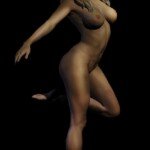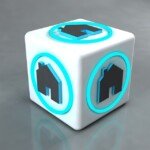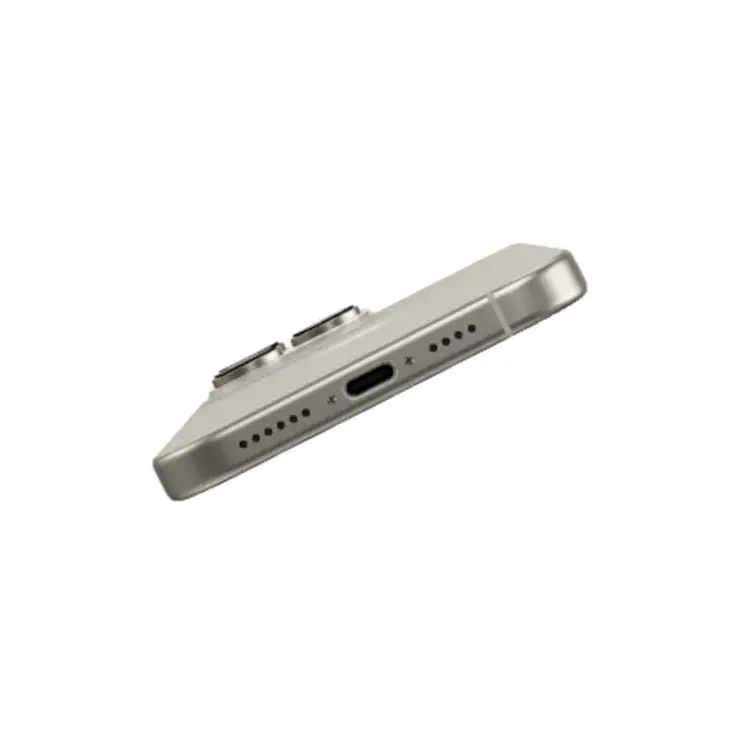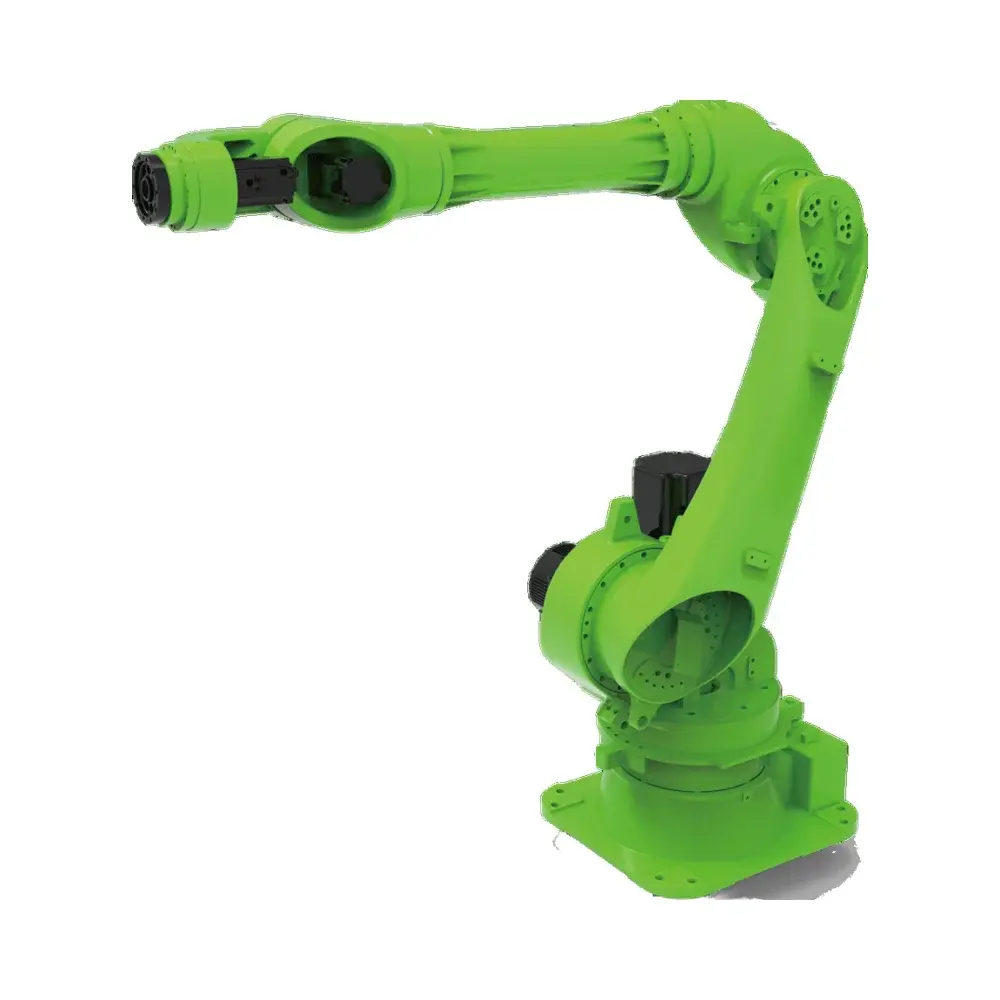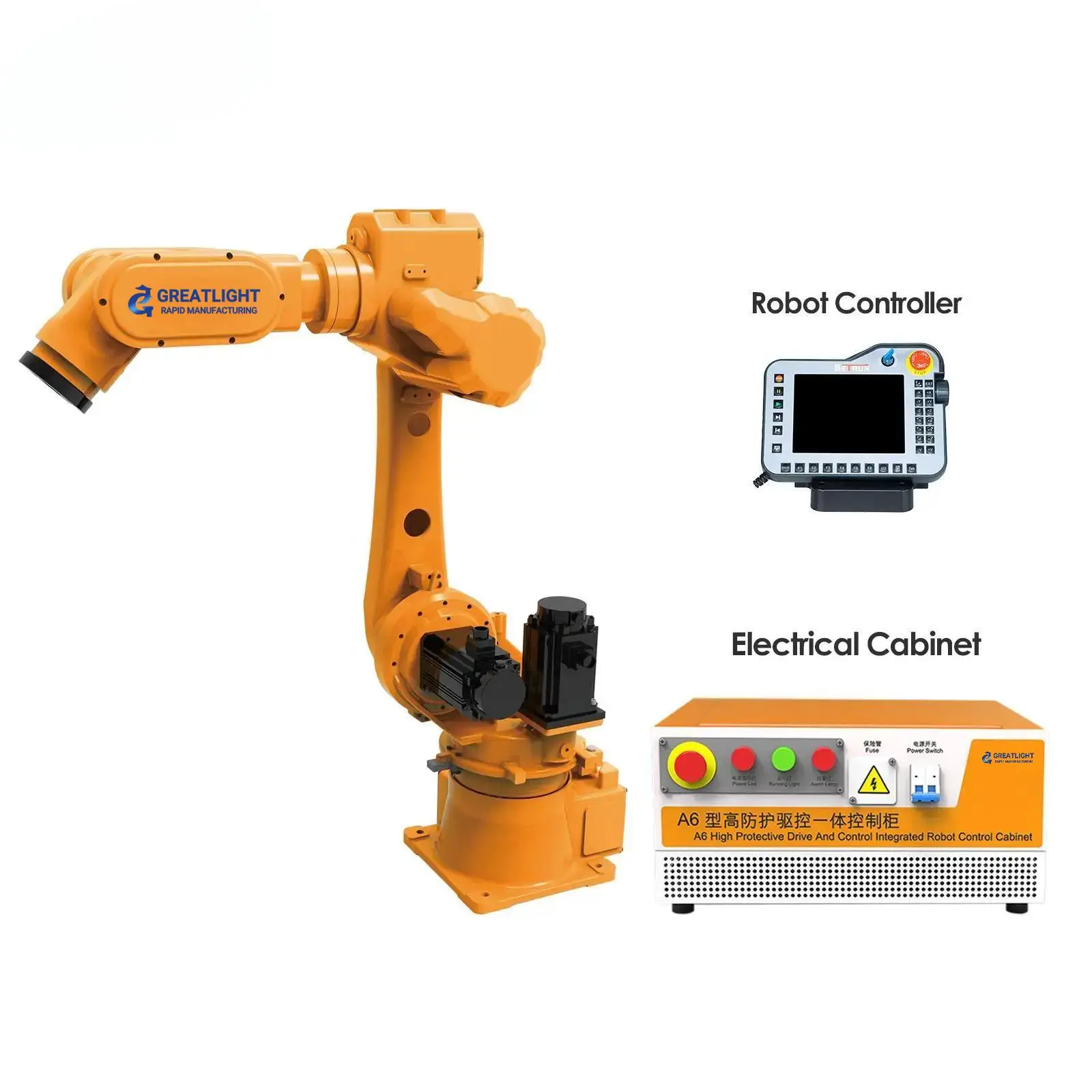Learn about CNC press power drives: the engine behind precision metal machining
In the high-risk world of precision machining, force matters. When forming tough alloys or creating complex metal parts, the driving force behind the tool’s action can make the difference between a perfect finish and costly scrap. This is where CNC press power drives become the unsung heroes of the manufacturing shop floor. At Honlite, as experts in five-axis CNC machining, we see firsthand how the quality and control of a press’s power drive system directly affects the accuracy, efficiency and cost-effectiveness of metal part production. Let’s demystify this critical technology.
What exactly is a CNC punch power drive?
CNC press power drive refers to an integrated system that generates and controls the axial force exerted by the CNC machine tool spindle during operations such as punching, stamping, forming or drawing. Unlike a simple rotating spindle, a press drive combines:
- power supply: Typically hydraulic, mechanical (servo-electric) or servo-hydraulic systems.
- Control system: Precision sensors and CNC software to adjust force, speed and position.
- Actuator: A mechanical component (such as a ram or slide) that transmits force to the tool/workpiece.
The three work as a unit, controlled by the machine’s CNC, providing accurate, repeatable force distribution, which is critical for consistent results in high-tolerance applications.
How electric drives could revolutionize metal manufacturing
The transition from manual or semi-automatic presses to CNC control systems is revolutionary. Here’s why:
- Unrivaled Precision Control: CNC drives allow fine adjustment of pressure (accuracy of ±0.1% in advanced systems). This ensures that the material deforms evenly, eliminating issues like sheet metal springback or forging stress fractures.
- Dynamic adaptability: The force can be programmed to vary throughout the stroke. Example: Use high initial force when piercing stainless steel, reduce force during drawing to prevent tearing, and control release to minimize burrs.
- Speed and efficiency: Servo-electric drives provide fast cycling (up to 1,200 strokes/minute) with minimal energy waste compared to traditional hydraulic systems. Less downtime and higher throughput.
- Tool and Die Life: Intelligent force gradients reduce impact loads and extend tool life by up to 30%. Less vibration also means a better surface finish.
- Process flexibility: One power-driven unit can handle multiple operations (punching, stamping, bending) with quick tool changes, ideal for complex low-volume production.
CNC punching machines play an outstanding role in manufacturing
- aerospace: Turbine blades are formed from heat-resistant alloys without microcracks.
- car: The door panels are stamped at high speed with zero deformation.
- Medical: Micromolded implant components with sub-micron tolerances.
- Electronic products: The connector pins are precision stamped and have no burrs on the edges.
Why partner with GreatLight for power-driven CNC machining?
At GreatLight, we go beyond standard CNC services by leveraging next-generation press drive systems within our five-axis machining ecosystem:
- Advanced driver integration: Our servo-hydraulic and electric servo press systems are synchronized with 5-axis motion of complex geometries (e.g. deep-drawn housings with milled features in one unit).
- Material mastery: Whether machining titanium, Inconel, copper alloys or hardened steel, our drives apply optimized force distribution to reduce scrap. We have processed over 50 metal grades.
- Process collaboration: Combine stamping operations such as forming or embossing with milling, drilling or turning in one workflow. No need to requalify parts across machines.
- Speed to market advantage: With rapid prototyping and 24/7 production, we can deliver complex stamped/machined parts in days instead of weeks. The tolerance is as low as ±0.005mm.
- Post-processing includes: Deburring, finishing, heat treating or plating – processed in-house "one stop shop" quality assurance.
in conclusion
In precision metalworking, press power drives are far more than brute force, but carefully planned intelligence. The right drive system elevates CNC machining from mere cutting to true craftsmanship, enabling innovations that push material boundaries while cutting costs and delivery times. For engineers working on demanding applications, neglecting drive technology means compromising quality, repeatability or profitability. At GreatLight, we invest in cutting-edge press drive capabilities because we know your most complex part challenges deserve more than standard solutions – they require controlled power, precise precision and production-tested expertise. When quality cannot be forced, it must be achieved by design.
FAQ: CNC Punch Power Drive
Q1: What are the main differences between hydraulic and servo electric press drives?
Hydraulic drive Uses pressurized fluid for high force applications (100+ tons) and is ideal for heavy duty molding. Servo electric drive Uses motors and ball screws to achieve speed, accuracy (repetition accuracy ±0.01 mm), energy efficiency and clean operation, making it better suited for delicate work. GreatLight uses both, choosing based on job specifications.
Q2: Can CNC press drives handle brittle materials such as ceramics or carbon fiber?
Yes, precise control. Brittle materials require ultrafine force modulation to prevent cracking. Our servo-electric drives excel at this, applying force in microsteps with real-time feedback.
Q3: Is a dedicated press required, or can the machining center integrate press functionality?
Advanced 5-axis CNC machining centers such as ours can integrate press drives to enable milling, turning and stamping in one unit. This eliminates alignment errors and processing time for multi-process parts.
Question 4: How does a press power drive affect production costs?
The upfront cost is higher than a manual press, but the ROI comes from:
- Cycle time reduced by 50-70%
- Tool life extended by 20-30%
- Almost zero rework
- Lower energy consumption (servo-electric devices consume about 80% more electricity than hydraulic devices).
Q5: Can Ferrite handle prototyping and mass production with press drives?
Absolutely. Our CNC units execute single prototypes or batches of 100,000+ parts with the same precision. Save driver for repeat order.
Q6: What force range does your CNC press driver support?
Our systems range from 5 to 800 tons and can accommodate everything from microelectronics enclosures to aerospace structural supports.

